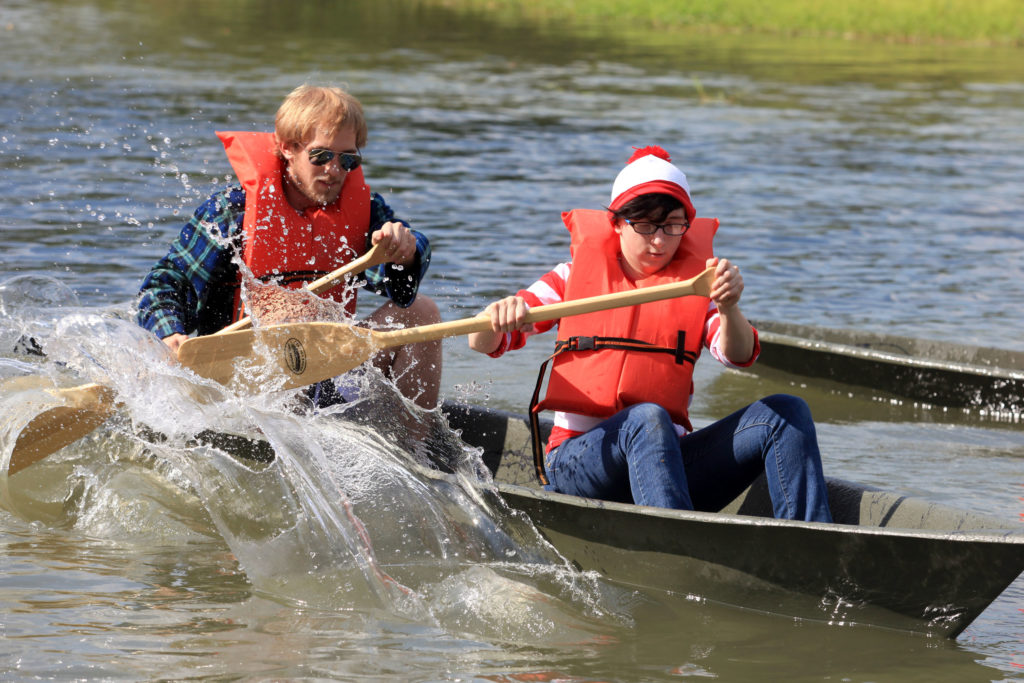The Nicholls agriculture department makes use of the 366-acre Nicholls Teaching and Research Farm, which is located about three miles south of campus on Hwy. 1. Lafourche Crossing, the name by which the farm is referred, is part of Nicholls campus. Harvey Peltier donated the land to the University in the 1960s.
The animal and plant science, agronomy and horticulture labs are held at the farm. They also work with the cattle, plants, weeds and the sugarcane plots.
The agriculture club maintains chickens and goats on the farm for exhibition for petting zoos and Nicholls’ Family Day.
The farm houses a registered herd of beef cattle and a bull that they test to make sure he is fertile. Calving season, time when the cows give birth, is from September through the middle of January.
To take care of the animals, the students and farm workers make sure the animals are fed and have water as well as use insecticides to protect the animals from mosquitoes and horn flies.
“You have to take care of these animals 365 days of the year,” George Toups, coordinator for the agriculture program, said. “It’s not just a Monday through Friday type of job.”
According to Toups, there is only one full-time employee and two student workers working on the farm due to the light labor load. With calving season over, course labs are the only activity on the farm at this time.
Before Nicholls received the land from Peltier, the farm was located where the present soccer field, marriage dorms and Babington Hall are located.
The farm was in larger operation in the 1970s though 1980s when the budget for running the farm was larger and horses were kept there.
The Nicholls foundation owned racehorses at that time, and they were kept in the barn on the farm, creating a larger use of the farm.
“There was a larger use of the farm with the horses,” George Toups said. “Now there are no longer horses there. It is now strictly used as an outdoor laboratory for our agriculture production courses.”
The farm is in need of repairs and restoration of the barns and fences.
“I think gradually, with the procurement of grants, we might be able to restore some of the farm back to the way it should be,” Toups said.
According to Toups, the number one driving force for maintenance of the facility is to provide educational experiences for students by updating the facilities and equipment. The driving force is not to make money.
“Making money or making a profit is not part of our agenda,” Toups said. “The payback is through the learning and experiential activities that our students participate in.”
Toups would like to see the farm used more by the student body like it was when it was first opened.
“We used to hold barn dances and hayrides with sororities, fraternities and other groups out there,” Toups said. “The generation of students today is hardly aware of this facility and how it can be used. The more I feel the facility is used, the more we will retain and keep it and maybe the University could justify enhancing it as a resource to the student body.







